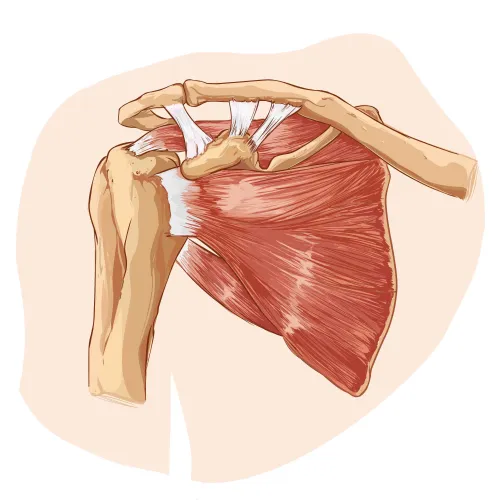Orthopedic Coding Alert
You Be the Coder:
Go to 7th Spot for Fracture Dx
Published on Tue Mar 06, 2018

You’ve reached your limit of free articles. Already a subscriber? Log in.
Not a subscriber? Subscribe today to continue reading this article. Plus, you’ll get:
- Simple explanations of current healthcare regulations and payer programs
- Real-world reporting scenarios solved by our expert coders
- Industry news, such as MAC and RAC activities, the OIG Work Plan, and CERT reports
- Instant access to every article ever published in Revenue Cycle Insider
- 6 annual AAPC-approved CEUs
- The latest updates for CPT®, ICD-10-CM, HCPCS Level II, NCCI edits, modifiers, compliance, technology, practice management, and more
Related Articles
Other Articles in this issue of
Orthopedic Coding Alert
- Knee Surgery:
Ace ACL Claims with these Tips
Look for evidence of arthroscopic aid on 29888 claims. For professional athletes, weekend workout warriors [...] - Knee Surgery:
Know Your Anatomy Front and Back for Cruciate Ligament Repairs
ACL, PCL repairs are different sides of the same coin. When most people think of [...] - E/M Coding:
Observe Different Rules for Medicare, Private Payer Consults
You can't use CPT® codes for Medicare consults. When your orthopedist is called for a [...] - Modifiers:
Experts: G Modifiers Gaining Steam Toward Mainstream
GA is now required by many Medicare payers to indicate ABN. When your provider performs [...] - You Be the Coder:
Go to 7th Spot for Fracture Dx
Question: Noted indicate that the orthopedist treated a patient with a closed oblique fracture of [...] - Reader Question:
Determine Site for Definitive Debridement Documentation
Question: One of our patients was recently involved in a skateboard accident, which resulted in [...] - Reader Question:
1 Code Covers Aspiration, Injection of Same Joint
Question: How do I code a scenario in which the provider performs a knee aspiration [...]
View All




